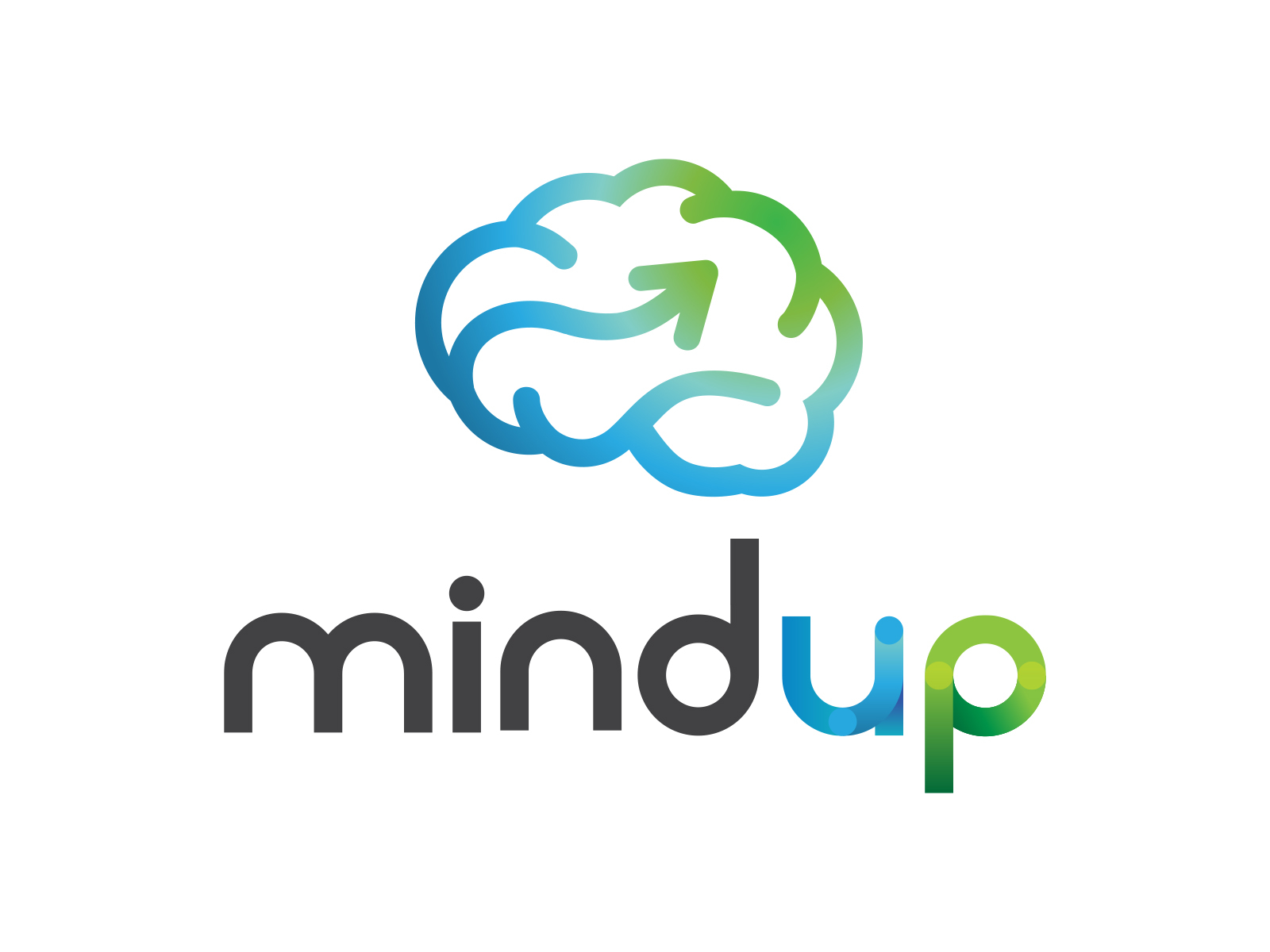

The hippocampus also helps us manage our fear response – we are going to learn more about our fear response later in this lesson.Its job is to store memories and find them when we need them. The hippocampus helps us to remember things.This part of your brain helps you make good choices, pay attention, and learn more.Go back and point to prefrontal cortex and say:.There are two amygdalae located on each side of the brain. The name amygdala comes from it being shaped like an almond. Now point to the amygdala on the large drawing and explain that it is located deep in the middle of the brain.There are two hippocampi, one on each side of the brain. Next, have students touch their ears and explain the hippocampus is just behind.Point to the prefrontal cortex on the diagram. Have students touch the center of their own foreheads and explain the prefrontal cortex is just behind.(You may want to have the students practice pronouncing these terms with you) The names of these parts of the brain are the prefrontal cortex, the hippocampus, and amygdala.Point to the prefrontal cortex, the hippocampus, and the amygdala and explain: Focus the children’s attention to the large drawing of the brain.Understanding these parts of the brain and how they work can help us get better at making good choices and help us learn better. We are going to learn about three very important parts of the brain.Show the image of the brain below (this image may be scanned and projected or blown up and printed for display):.If our bodies need exercise, what about our brains?.Do you think your friend’s brain is exactly the same as yours?.Lead a class discussion by selecting a few of the following guiding prompting questions:.Instructions Class Discussion (5 minutes) Making Classrooms and Schools Trauma-Informed and Healing-Centered.Adapting Practices for Students with Special Needs.Apply their new knowledge of the brain to everyday scenarios.

Give a simple definition of the amygdala, the hippocampus and prefrontal cortex.Identify the amygdala, the hippocampus, and prefrontal cortex on a diagram of the brain.To teach students about the brain and how it works so that they can use it for greater success in school as well as interpersonal relationships.To give students a sense of control and empowerment through an understanding of the brain structure and functions.To provide students with the science behind the benefits of mindfulness practice.In preparation for the MindUP™ program, to introduce students to the concept that they can use their brain in ways that will help them focus their attention when needed, calm themselves in the face of anxiety, and be less reactive and more proactive in creating a more productive experience.Before inviting students to participate in any contemplative (mindfulness) practice.Topic 6 – Supporting SEL through Family and Community Engagement.Topic 5 – Teaching for Social, Emotional, and Academic Development.



 0 kommentar(er)
0 kommentar(er)
